
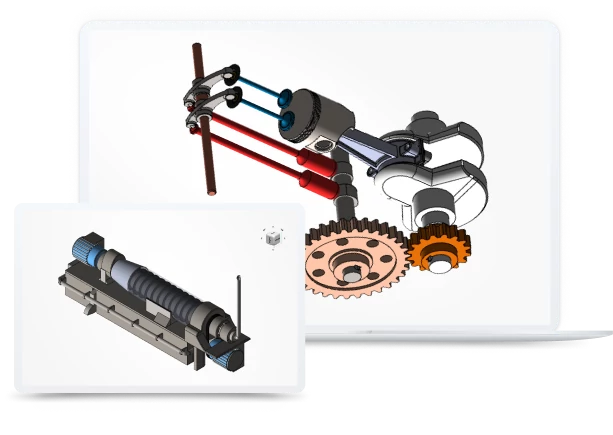
How to convert X_T
to Open CASCADE?
- Applications for end-users.
- SDK's and tools for software developers.
- Custom development services for businesses.
Trusted by industry leaders







Convert X_T to Open CASCADE with CAD Exchanger products
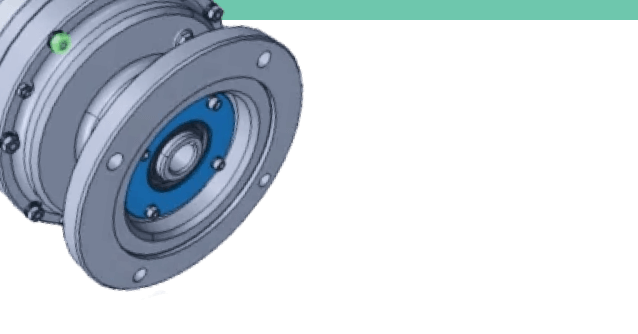
CAD Exchanger Lab
Desktop application to view, explore and convert 3D CAD data across 30+ file formats.
Convert X_T to Open CASCADE with ease and flexibility:
- hide certain details and groups before conversion
- add XYZ section planes
- explode assemblies
- choose between view, projection, and selection modes
- add measurements
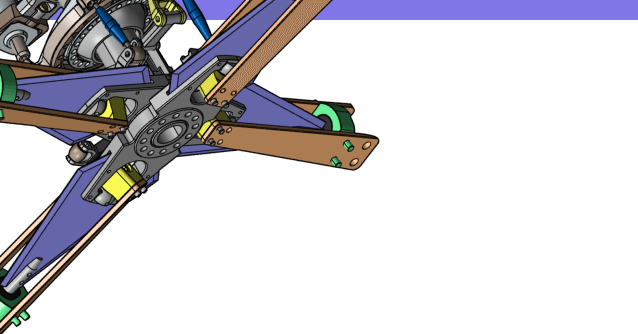
CAD Exchanger SDK
Software libraries for C#, C++, Java, Javascript and Python.
Include a wide range of conversion options in your apps:
- rapidly build production-ready applications with clear and structured API
- import, export, visualize and analyze 3D CAD files, including X_T and Open CASCADE
Learn how to convert X_T to Open CASCADE with CAD Exchanger
X_T
A file with extension X_T (Parasolid text files) is used by the Parasolid core created by Siemens PLM Software. It is being developed as a standard export format for distributing Parasolid CAD models.
The X_T file is a set of structured data containing information about the features of the model construction, the topology of its structural elements, color scheme, coordinates of drawing primitives, etc.
The X_T extension is unpretentious to adapt and can be exported / imported for use in a wide variety of CAD systems. It is stored in text format and can be exported and imported using a variety of other computer-aided design programs.
X_T files are used instead of the old version of the XMT_TXT and XMP_TXT files, which are less used than X_B (Parasolid binary files), and store the same data, but in binary format.
Open CASCADE
In solid modeling and computer-aided design, boundary representation—often abbreviated as B-rep or BREP—is a method for representing shapes using the limits. A solid is represented as a collection of connected surface elements, the boundary between solid and non-solid.
Boundary representation of models are composed of two parts: topology and geometry (surfaces, curves and points). The main topological items are: faces, edges and vertices. A face is a bounded portion of a surface; an edge is a bounded piece of a curve and a vertex lies at a point. Other elements are the shell (a set of connected faces), the loop (a circuit of edges bounding a face) and loop-edge links (also known as winged edge links or half-edges) which are used to create the edge circuits. The edges are like the edges of a table, bounding a surface portion.
Compared to the constructive solid geometry (CSG) representation, which uses only primitive objects and Boolean operations to combine them, boundary representation is more flexible and has a much richer operation set. In addition to the Boolean operations, B-rep has extrusion (or sweeping), chamfer, blending, drafting, shelling, tweaking and other operations which make use of these.
Convert X_T
to Open CASCADE
Need to work with CAD files in numerous formats? No worries.
From X_T to Open CASCADE, CAD Exchanger gets you covered.
What Our Delighted Customers Say
Frequently Asked Questions
From Our Blog
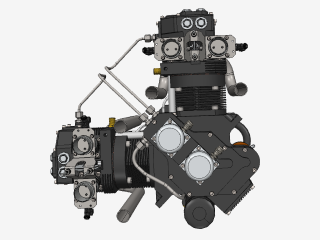
Everything you need to know about CAD file formats
A CAD file is an output of a CAD software, containing key information about the designed object: its geometry and topology representation, 3D model hierarchy, metadata, and visual attributes depending on the format of the file.
Read more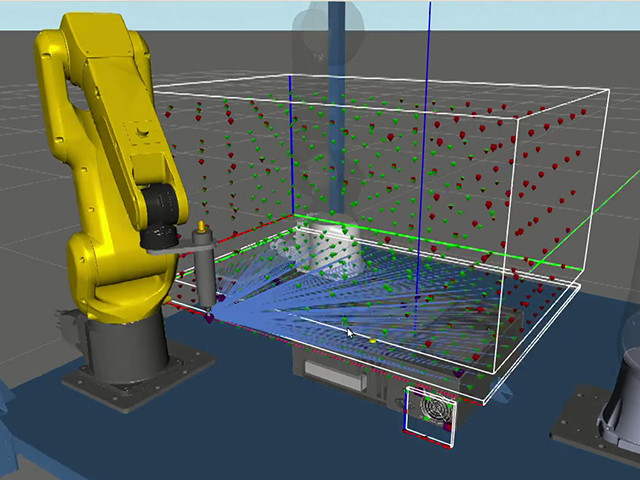
Realtime Robotics enhances responsive workcell monitoring by reading CAD files with CAD Exchanger
CAD Exchanger enables RapidSense and RapidPlan to read 3D CAD formats thanks to a unified API, fast data processing, adjustable meshing, and cancellation support.
Read more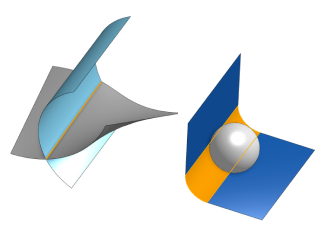
3D formats overview: Parasolid
In the fourth part of the series, we tackle another important kernel format of the biggest geometric kernel in the business
Read more